The seasons are easily observed over a school year, and the different plants and insects that are active at particular times are easy to spot. The seasons are caused by changing amounts of sunlight that reach the ground, determined by the height of the Sun in the sky and the length of the shadows, which in turn is determined by the tilt of the Earth’s axis.
Tag: Pair activity
Constellations are patterns of stars in the sky. While these patterns are extremely useful for learning your way around the sky, and for use in navigation on the Earth, these constellations are not physical groupings of stars. We see the patterns that we define as constellations because of the three-dimensional arrangement of stars in space.
The Earth is our home in the Universe. Humans, animals and plants survive on the Earth because the conditions are ideal for life. Different animals and plants are adapted to survive in different environments. This activity introduces these ideas, and uses a practical activity to explore how rockets work.
The Sun is a star powered by nuclear reactions and is incredibly powerful. It is vital for life on Earth, providing the heat and light we need in order to survive and for the food chain to operate, but it is so powerful that it must be viewed very carefully in order to avoid damage to the human eye.
Solar and lunar eclipses are fascinating events where the Sun or Moon appears to disappear, respectively. Their spectacular nature causes a lot of interest. This activity looks at what happens during each type of eclipse using a physical model that the students can build themselves and experiment with to explore how and why eclipses happen.
© 2025 We Share the Same Moon
Theme by Anders Norén — Up ↑





